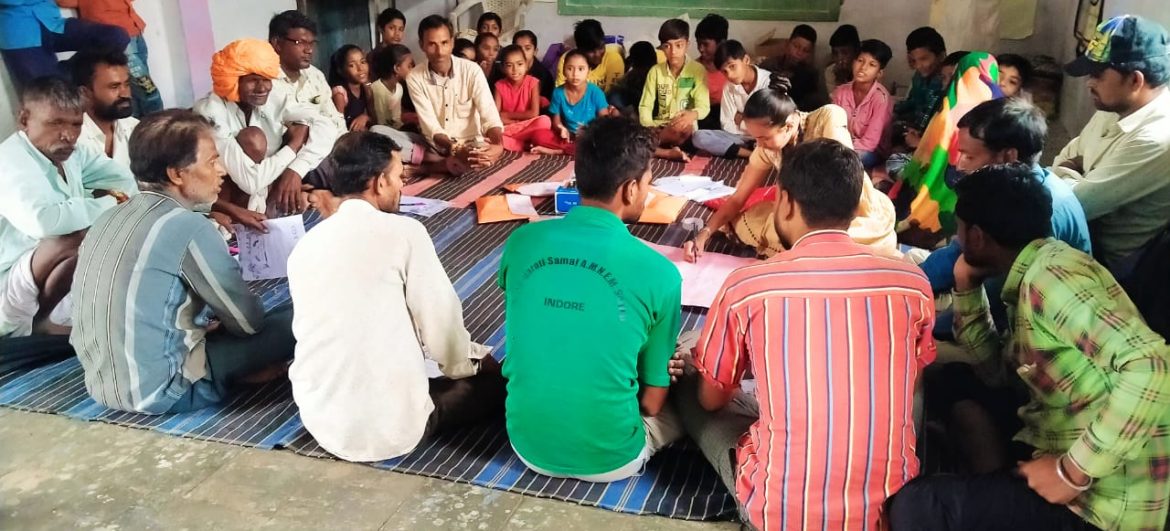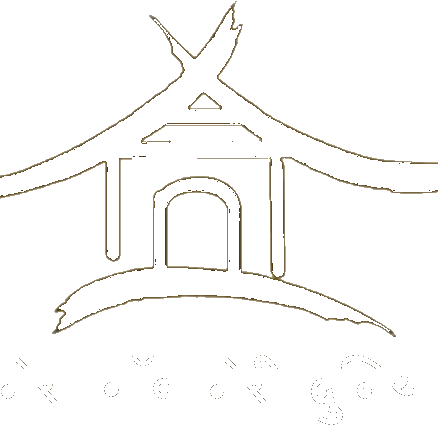Quis autem velum iure reprehe nderit. Lorem ipsum dolor sit nulla or narjusto laoreet onse ctetur adipisci.

Meri Gaon Mera Dunia
Supported by: Wipro
Vision: A world that nurtures youth to bring sustainable social change to their communities.
Mission: Transforming the education scenario in the community through education transformation by local youth leaders.
Strategy: In the upcoming three years, we aim to work towards improving the education scenario in villages through govt school transformation. For this, we wish to work directly and indirectly with around 2000 children in the year 2023 through our two projects Sparsh and Skill on Wheels. We wish to do it by supporting around 45 local youth to drive educational change in government schools through developing model classrooms, doing community and school need assessments, and co-creating a school development plan with govt school stakeholders, including school leaders, teachers, SMC representatives, panchayat representatives, parents, and children. This year will focus on identifying teacher leaders and bringing in low-touch and visual changes in school and classroom processes.
Location
We work in ten villages of Mahidpur and Nagda blocks of Ujjain district.
Project updates
The idea of education for the community is restricted to the fetching of salaried jobs. The indicators that their child is getting a good education are restricted to superficial memorization and copied writing work. The project Sparsh aims at ensuring access to quality education for all children in each village. The major objectives of the project include capacity building of local youth to lead sustainable education change in their village; whole school transformation of government schools; enhanced participation of parents and panchayat representatives in the promulgation of quality education; and developing of subject-specific pedagogic competence of local youth leaders.
Madhya Pradesh has the highest number of single-teacher schools in the country, with teachers enjoying little or no support on the ground to fulfill their responsibilities. Hence, a need to intervene is clear to us. We believe that a social change in educational outputs and improvement in the quality of education is possible only when a local, dedicated, and skilled youth facilitates this change in the education system and drives the demand of the community for better education.
These are the key things that we do to drive this change:
- Identify suitable youth teachers from each village.
- Place them in a government school where they directly teach a class of two to five children to establish a model classroom. To this end, they strive to develop a positive culture, using purpose-driven lesson plans, positive reinforcement-based classroom management techniques, and engaging teaching techniques to increase participation and connection among children.
- Intensive work with parents to increase participation and involvement in government schools through interactive PTMs, regular home visits, and designing individual and collective projects.
- Subject-specific team formation, design, and experimentation in sample classrooms
- Alignment of school staff and other key stakeholders in the form of the panchayat representatives, the SMC, and the village education committees. This alignment is then leveraged to co-create school development plans, restructure school processes, and facilitate change in classrooms.
Learning
- Regular time given to the capacity building of youth teachers was useful.
- Leveraging network and inviting mentors, experts, and potential funders to visit the classroom has been useful in sharing about our work and building connect.
- Focus on values in the behavior of the organization and a core of the capacity building was useful. Sharing and creating purpose and driving ownership among youth teachers were helpful.
- Documentation of processes helped us to review and draw learning as regards future plans.
- Creating space for doing and sharing regular reflection
- Encouraging people to read systematically was useful in deepening their understanding of the issues at hand.
- Consistency of work on fundraising and developing donor relationships with previous donors
Challenges
- Collective reading and connecting learning to practice.
- Fundraising strategy and team taking ownership of fundraising.
- Regular review of senior leadership
- Program design in place
- Branding and marketing need more work.
Future plans
In the coming time, the organization proposes to undertake the following initiatives:
- Subject-specific capacity building of the team
- Villages and school-based need assessment
- School development plans
- Restructuring school processes
- Identifying teacher champions and sharing resources and best practices
- Driving parent involvement through PTM participation work in individual and collective projects Sarpanch involvement increase in school.
- Peer mentorship
- Program management

